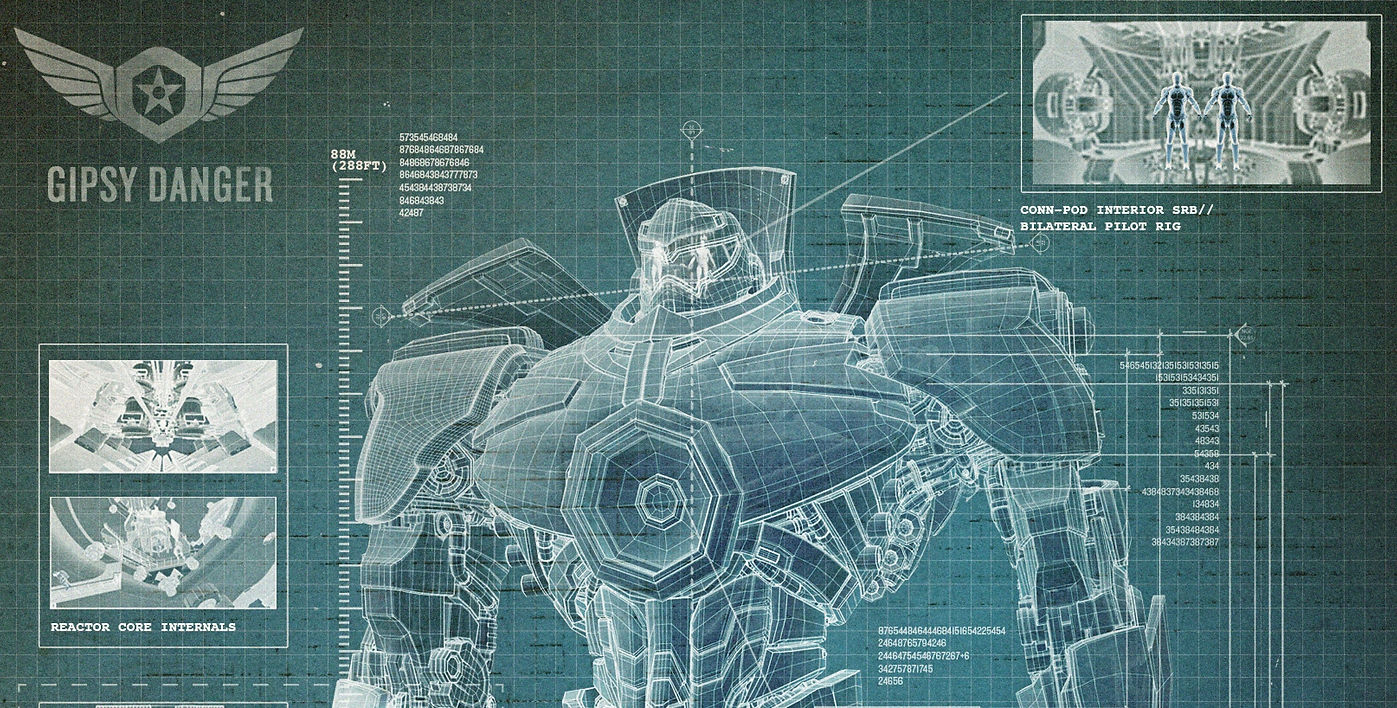

May the 4th Be with You!
May the 4th be with you! And there are lots of cool robots in the Star Wars scifi universe. What's the real world science behind them?


Val Kilmer and Red Planet: Bad Movie, Good Marsupial Robots
Who knew Val Kilmer starred in a scifi movie with a robot on Mars? No one knows… because Red Planet was a big budget flop. But the AMEE robot anticipated Perseverance and Ingenuity by 10 years!


A fictional history of robotics features forgotten real-world robots
Alex Garland's sci-fi movie The Creator uses six real-world robots from the 1950s and 60s to show progress in AI. What were these 6 robots?

